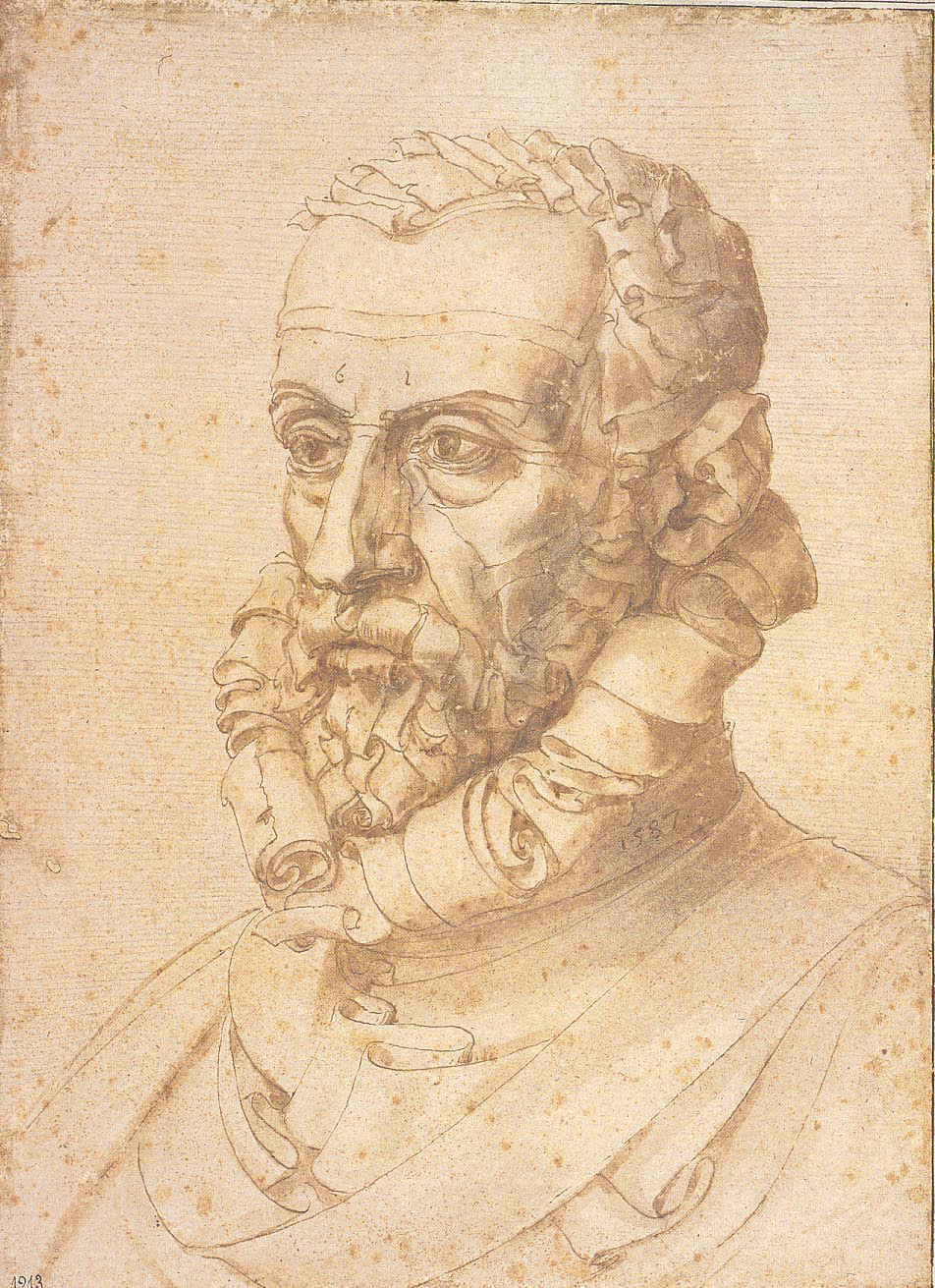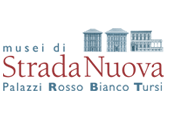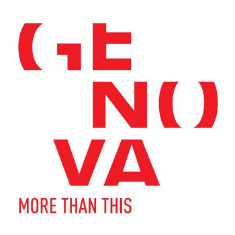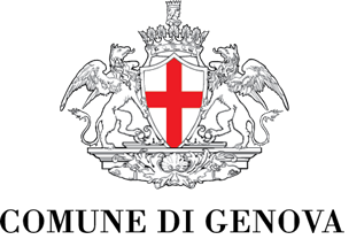
Click here to view image
Man of letters / Self-portrait
Marcello Durazzo
Arcimboldo, Giuseppe
drawing
D 1213
Unità di misura: mm; Altezza: 442; Larghezza: 318
penna e inchiostro
Maestri del disegno - Genova - 1990<br>Rabisch - Lugano - 1998
An astonishing self-portrait of the most eccentric master of 16th century Italy, this skilfully watercoloured pen and ink drawing reproduces the features of Giuseppe Arcimboldi's face through the artifice of rolled scrolls and sheets skilfully arranged to imitate his physiognomic features. This sheet, however, is unique in Arcimboldo's oeuvre: it is the only 'composite head' drawn on paper, as well as being one of the two known portraits of the master (the other, more traditional, is conserved at the Národní Galerie in Prague) and undoubtedly his most important graphic work. The skilful execution of the drawing ensures that only at close range does the bizarre nature of the portrait fully reveal itself, whose compositional artifice is only fully comprehensible by continually proceeding with the gaze from the particular to the general and vice versa, in a dimension of playfulness, amazement and bewilderment typical of Mannerism. This is one of the artist's most refined works, as a taste for wonder is combined with a fine attention to the natural datum typical of the master's Lombard training, certainly also deriving from his study of Leonardo's graphic work and in particular his realistic 'grotesque heads'. The sheet is dated '1587' (as stated on the handwritten annotation at the base of the gorget), when Arcimboldo was at the height of his career and - at '61' years of age, as indicated on the front of the portrait - had just concluded his more than twenty-year stay at the refined Prague court of Rudolph II of Habsburg. It is, therefore, almost a figurative testament, through which the artist significantly presents himself as a cultured intellectual and 'man of letters', legitimising a 'high', allegorical-symbolic interpretation of his own bizarre inventions. On the other hand, in the service of the emperor, amidst esotericisms and extravagant wunderkammer collections, Arcimboldo had been able to best interpret his multifaceted role as 'court painter' by creating, in addition to ephemeral apparatuses for festivals theatrical costumes, furnishings and precious objects, as well as 'composed' allegorical portraits - between naturalism and surrealism - of which he reinforced the symbolic and encomiastic aspect through ad hoc poetic texts written in his own hand or entrusted to men of letters close to him. Entering the civic collections with the Legato of Marcello Durazzo (1848) as an unknown Genoese artist, the sheet was attributed to the Lombard master by Piero Boccardo (in Maestri del disegno nelle civiche collezioni genovesi, exhibition catalogue, Genoa 1990, cat. 28). (PRIARONE, 2020) Man of letters / Self-portrait




